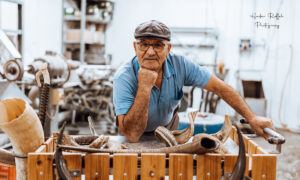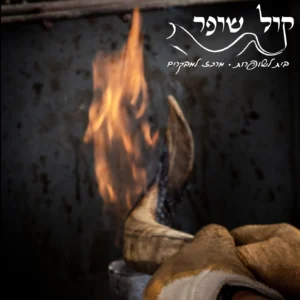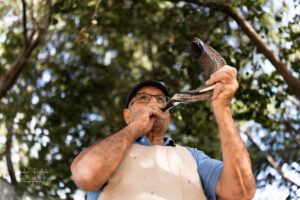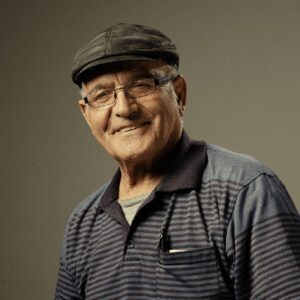
What makes a Shofar kosher
מהו שופר כשר? ומהם סימני הכשרות בשופר. איך אדע אם השופר שלי כשר? אחת הבעיות העיקריות בכשרות של שופרות נובעת מביצוע סתימה והדבקת חורים וסדקים
The Shofar produces 4 types of sounds: Teki’ah, Shevarim, Teru’ah and Teki’ah Gedolah. Each type is produced using a different blowing technique, and its unique sound symbolizes a special emotion that accompanies our appeal to God
The Tekiah is a long sound, but due to the mouth’s position and breath length, most Ba’alei Teki’ah (Shofar blowers) end the long sound with an additional one, sliding to a higher tone. This is a Teki’ah ending with a Glissando, either as a deliberate ornamentation or due to technical difficulties. There is also a Teki’ah with a Glissando at its beginning.
Already in the Talmud (Babylonian 34:2) the Shevarim are described as groaning and moaning sounds. The Shevarim sound like a howl: they are composed of three short and sharp blows sounding like a moan.
The Teru’ah is (according to Rabbi Yitzhak Arama) the sign of distress and sorrow. It is composed of shorter and more numerous beats than the Shavarim. The Ashkenazi Jews produce Staccato-like, rhythmic beats, while the Mizrachi Jews produce a kind of wavy tremolo, composed on a long sound (like a chain). Normally, in order to produce the long sound’s vibrations, the Shofar Blower uses his tongue.
At the end of the blowing sequence: Teki’ah, Shevarim and Teru’ah (or TaShaT in short), it is customary to blow the Teki’ah Gedola (Grand Blowing): a very long sound, depending on the Blower’s blowing capability. As a rule, the Teki’ah Gedolah is three times as long as the Teki’ah.

מהו שופר כשר? ומהם סימני הכשרות בשופר. איך אדע אם השופר שלי כשר? אחת הבעיות העיקריות בכשרות של שופרות נובעת מביצוע סתימה והדבקת חורים וסדקים

How to blow the Shofar? Before you take up the Shofar, bring it your lips and take a deep breath, stop for a moment to

Where is the Shofar mentioned in the Bible? Why are we commanded to blow it? And what does it have to do with current Jewish tradition? All the answers are right here

The Shofars at Kol Shofar are meticulously handcrafted in our family workshop, paying maximum attention to the highest level of quality, to Kashrut, ease of blowing, cleanliness and producing a special sound. Our customers say they can recognize our Shofars immediately anywhere in the world, due to our unique handprint.
אתר זה משתמש בקובצי Cookie ואוסף מידע שיאפשר לנו לשפר את חוויית הגלישה שלך באתר. על ידי לחיצה על “אישור” אתה מסכים לשימוש בקובצי Cookie ולמדיניות הפרטיות שלנו. אם תרצה, תוכל להשבית קובצי Cookie בהגדרות הדפדפן שלך. למידע נוסף, עיין במדיניות הפרטיות ובתקנון שלנו.
